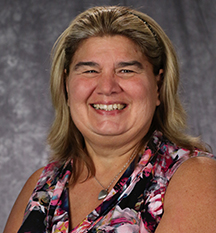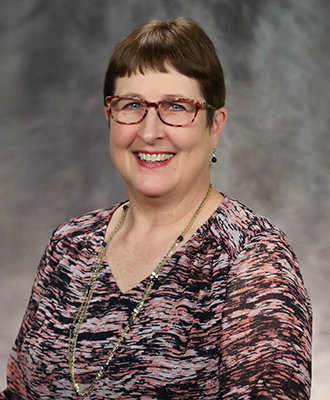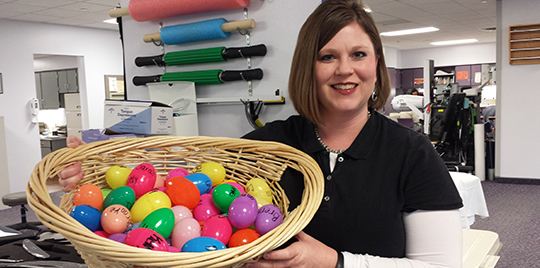

Laura Habighorst
It’s no secret healthcare staff experience increasing demands on their time and energy. Statistics show more of them are burning out and leaving their jobs. Nationwide 33% of new nurses leave their jobs in the first year.
Educators Denice Morrison, MSN, CNOR, and Laura Habighorst, BSN, CAPA, want to change those statistics. They created the Joy in Work program to help bring joy to the workplace. “We know if employees are happy in their jobs, then patients will be happy with the care they receive,” Laura explained.
They gathered information from national resources to develop the NKCH program. They focused their efforts on over 300 members of the Surgery Department. Their year-long program covers a different topic each month. A component of the program is self-reflection. “We tell them that they can’t change anyone but themselves,” Denice said. “It starts with them.”

Denice Morrison
Asking people to read an article and be happier wasn’t going to work. Denice and Laura knew they needed to give people tools and help them break bad habits. For examples, the first topic was to define joy. The instruction was to think of three good things each night that happened during the day. The idea is that practice would help people wake up thinking positive instead of negative.
Other program topics include, Maslow’s Theory of Human Needs, quality improvement science, self-empowerment, resiliency, motivation and much more. It’s the Joy in Work program, but it can easily be implemented into any group or at home with your family.
Change Starts With You
You can’t change anyone but yourself. A negative attitude can get in the way of a good day for others around you. If you remain positive, people you encounter throughout your day will reap that attitude ten-fold. If this resonates with a handful of people, that’s all you need for change.
Both Laura and Denice agree the program’s foundation helps staff remember why they went into healthcare. “For most of us, we wanted to help people,” Laura said. “The joy we originally had when we went into the profession keeps getting pushed back. We need to bring it back.”
The positive comments and engagement from staff tell Laura and Denice they are making a connection. “One of my favorite comments from a nurse was, ‘I need to bring the best part of me to my patient.’”



